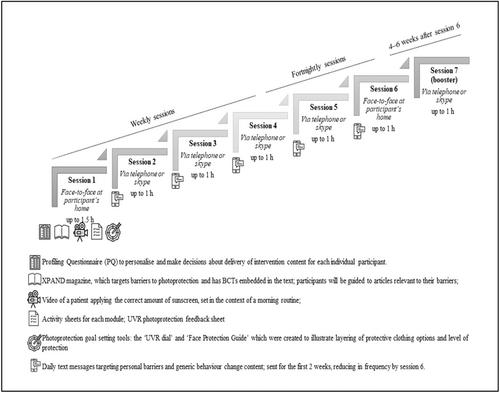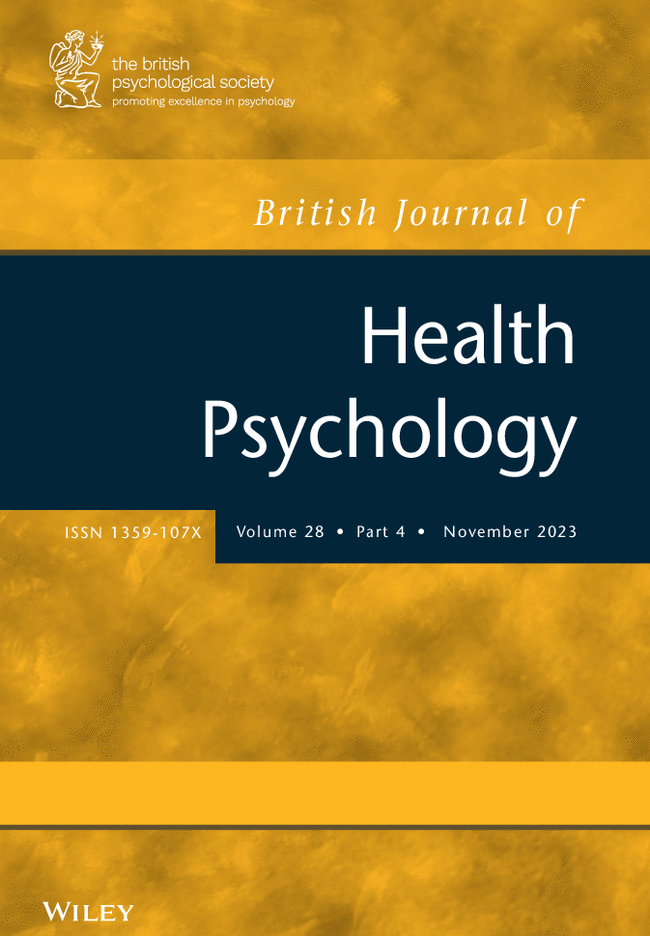Acceptability and influence of a complex personalized intervention on changes in photoprotection behaviours among people with xeroderma pigmentosum
Abstract
Objectives
Rigorous photoprotection is the only means to prevent skin cancer in people with the rare condition of xeroderma pigmentosum (XP). We conducted a qualitative process evaluation of patient experiences and responses to a highly personalized, multi-component intervention, ‘XPAND’, designed to influence the psychosocial determinants of inadequate photoprotection among adults with XP.
Design
Qualitative study of 15 patients following participation in a RCT.
Methods
Semi-structured interviews explored acceptability, changes in photoprotection and attributions for behavioural changes. Analysis followed a framework approach.
Results
Participants were overwhelmingly positive in their views of the quality and range of components of XPAND and the relevance to their personal photoprotection barriers. All participants reported improved adherence to at least one photoprotection activity and nearly two-thirds of participants noted improvements across multiple activities. Participants believed improvements in their photoprotection behaviours were influenced by different change mechanisms. Sunscreen application, was mainly facilitated by habit formation, prompted by text messages, whereas the wearing of a photoprotective face buff was influenced by strategies, learnt during one-to-one sessions, to overcome worry about looking different. Enhancement of general self-confidence and perceived support from XPAND described by participants facilitated change more broadly.
Conclusions
Exploration of responses to XPAND is required in the international XP population, followed by adaptation and evaluation to see if it could benefit other patient groups at higher risk of skin cancer. Implications for approaches to behaviour change include the acceptability of complex multidimensional interventions, the importance of dynamic personalization and the interactive nature of behaviour change mechanisms.


 求助内容:
求助内容: 应助结果提醒方式:
应助结果提醒方式:


